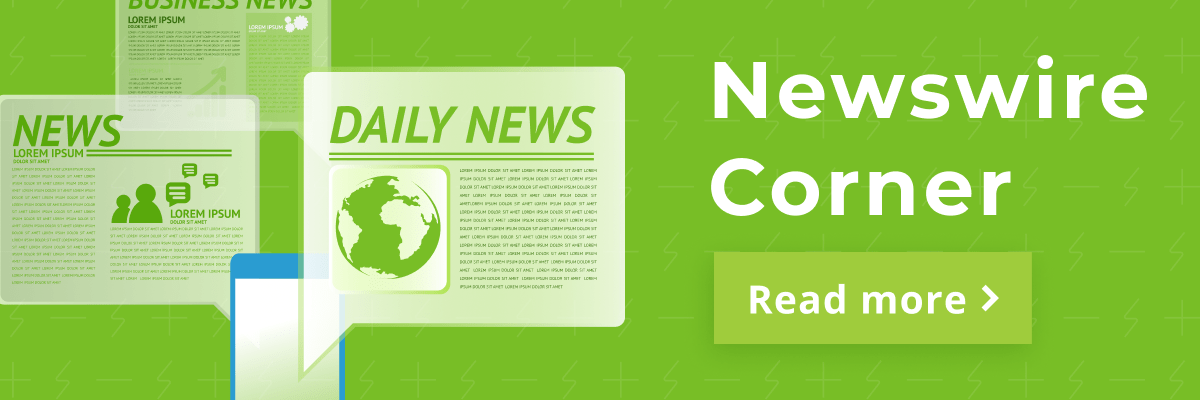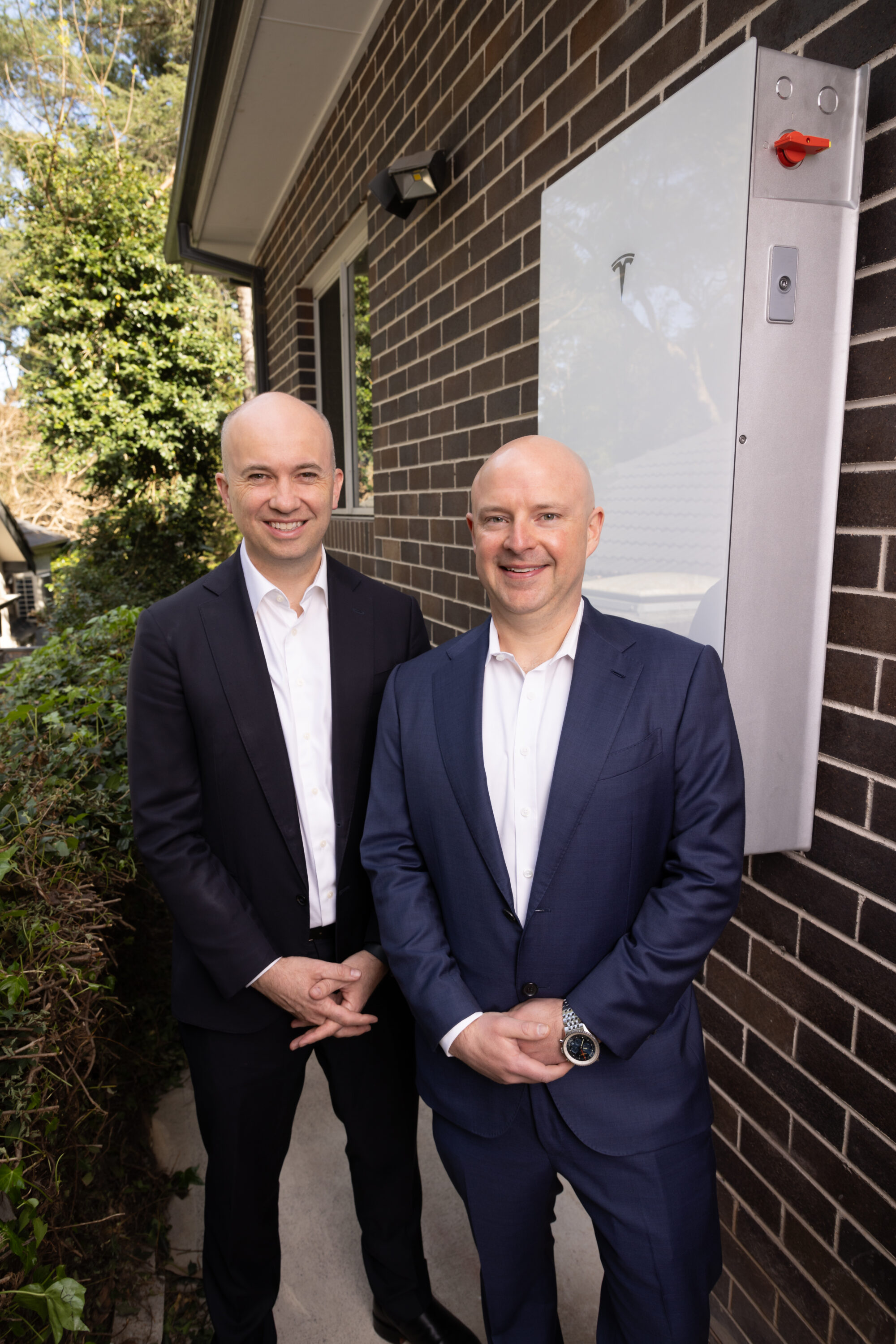Sign up for daily news updates from CleanTechnica on email. Or follow us on Google News!
A new report from the U.S. Department of Energy makes actionable recommendations to address five gaps in the domestic hydropower supply chain.
The U.S. Department of Energy (DOE) today released a report that makes actionable recommendations to address five gaps in the domestic hydropower supply chain. Hydropower makes up about 27% of renewable electricity generation in the United States and is an important component of the nation’s goal of achieving a 100% clean electricity sector by 2035. A robust domestic supply chain is critical to support new construction and upgrades, refurbishments, and relicensing activities at existing hydropower facilities. The new in-depth report, titled Hydropower Supply Chain Gap Analysis, considers various sectors of the hydropower supply chain, from mining and extraction to installation and construction.
“As more variable renewable energy sources like solar and wind are incorporated into the U.S electricity grid, hydropower will play a key role in keeping it reliable and stable,” said Jeff Marootian, Principal Deputy Assistant Secretary for Energy Efficiency and Renewable Energy. “These new recommendations will strengthen the domestic supply chain needed to enhance our nation’s hydropower capabilities.”
Drawing on feedback from hydropower industry stakeholders gathered by DOE’s Water Power Technologies Office (WPTO), researchers identified five major gaps:
- Unpredictable and variable demand signals for materials and components. In general, hydropower systems have exceptionally long lives (e.g., 30–50 years), so replacements and refurbishment schedules have cycles that are years or decades.
- Severely limited or nonexistent domestic suppliers for materials and components. Only one or two—or in some cases, no—domestic suppliers exist for materials and components.
- Federal contracting procedures and domestic content laws. There are several procurement regulations and/or general practices that inhibit the development of the domestic hydropower supply chain.
- Foreign competition, foreign subsidies, and ineffective trade policies. Discussions with companies in the hydropower industry highlighted inequitable competition from foreign companies and ineffective trade policies as issues in the hydropower supply chain.
- Shortage of skilled workers. Hydropower manufacturing and upstream support industries suffer from a significant lack of expertise in the workforce. As these industries have been offshored over the last 40 years, skilled workers have retired or moved to other industries.
To address the gaps in the domestic hydropower supply chain, the report recommends to:
- Lead with the federal fleet to prime the development of an aggregated, consistent demand signal. Nearly 50% of the domestic hydropower fleet is federally owned. The potential demand signal from new federal facilities and refurbishments can be significant. Federal procurement processes should be evaluated to ensure that they are effective in developing the domestic supply chain while obtaining the hydropower and pumped storage hydropower equipment and services the federal fleet needs.
- Increase awareness of the domestic supply chain through the development of databases of domestic manufacturing and installations. Developing tools to predict demand is another way that WPTO can help both the federal and private fleets. Tools currently in development or undergoing enhancements include a database of domestic suppliers along the hydropower supply chain and a tool that allows users to see data (e.g., size, turbine type) on individual hydropower generation units.
- Work with other low-carbon technologies industries to create a significant, steady, and predictable demand signal for common materials. While the demand from the hydropower industry is in the billions of dollars annually, it is not sufficient to build out a domestic industry, especially in the material and component sectors. However, many of the components and materials used for hydropower systems (e.g., transformers and electrical steel) are also used in other clean energy technologies, such as wind energy, and for upgrading the electric grid. Industries such as ship manufacturing and defense supply chains also have commonalities with hydropower. These industries can be leveraged so that the aggregate demand can address gaps in their respective supply chains.
- Continue workforce development efforts. There are few low-carbon energy technologies that have as significant of a gap in educational programs as hydropower. In addition to expanding academic programs, there are also a vast array of experiential-type programs that can help raise the awareness of hydropower and its opportunities, including internships/fellowships/apprenticeships, experiential placements, job fairs, primary and secondary school competitions, collegiate competitions, programs that place veterans and other unique workforce segments, and more.
These recommendations incorporate feedback from industry stakeholders and will guide DOE’s strategies to strengthen the domestic hydropower supply chain. With a more robust understanding of existing and required domestic hydropower manufacturing capabilities, DOE can better define the market for planned rehabilitations and new construction. These recommendations can inform policies, incentives, loan programs, and technology investments to encourage domestic content. Further, the identified gaps and recommendations can help focus DOE’s workforce development efforts in areas that will also support the domestic hydropower supply chain.
The Hydropower Supply Chain Gap Analysis builds on the Hydropower Supply Chain Deep Dive Assessment, part of a series of reports produced in response to Executive Order 14017 “America’s Supply Chains.” This executive order directed the Secretary of Energy to submit a report on supply chains for the energy sector industrial base. It also aimed to help build more secure and diverse U.S. supply chains, including energy supply chains.
On Thursday, Sept. 5, 2024, at 10:30 a.m. ET, U.S. Secretary of Energy Jennifer M. Granholm will join experts from WPTO, other government agencies, and the hydropower industry during a webinar about the Hydropower Supply Chain Gap Analysis. Speakers will explore the gaps facing the U.S. hydropower supply chain along with the potential remedies. Register now.
Courtesy of Department of Energy
Have a tip for CleanTechnica? Want to advertise? Want to suggest a guest for our CleanTech Talk podcast? Contact us here.
Latest CleanTechnica.TV Videos
CleanTechnica uses affiliate links. See our policy here.
CleanTechnica’s Comment Policy





